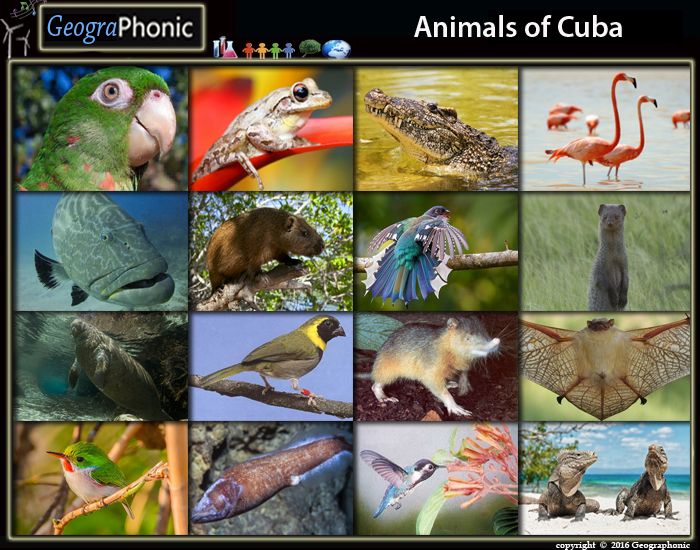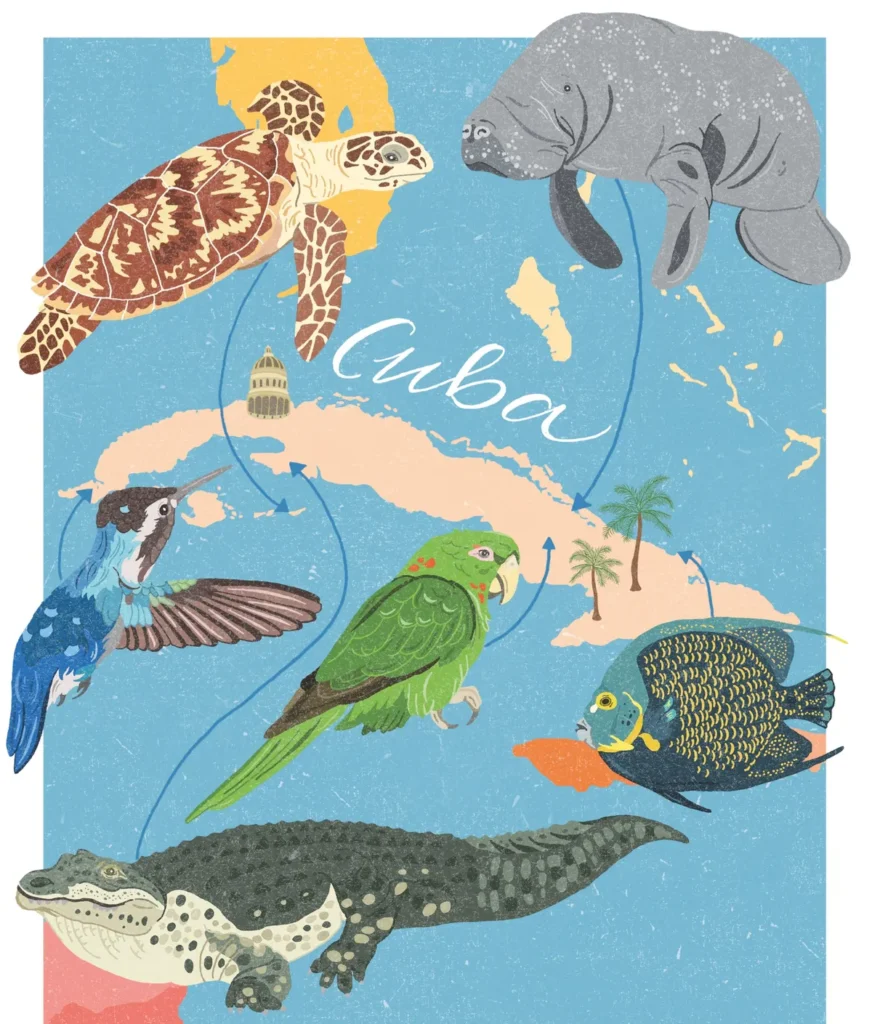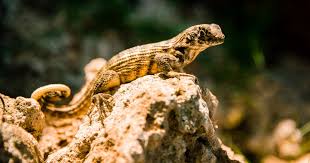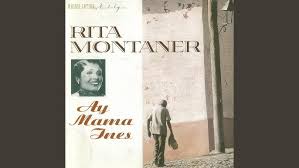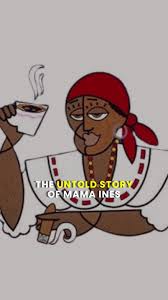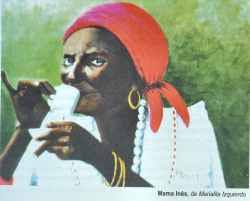
La amenaza de nuevas incautaciones obliga a Caracas a ofrecer su petróleo a precios muy por debajo del mercado a los pocos compradores que le quedan, como China.
WASHINGTON- Estados Unidos interceptó y confiscó un buque sancionado frente a las costas de Venezuela, informaron funcionarios estadounidenses a la agencia de noticias Reuters. Se trata del segundo en poco más de una semana, después que Washington anunciara que incrementará el control de las actividades marítimas consideradas ilícitas en el Caribe.
De acuerdo con los detalles proporcionados a Reuters, la acción consistió en la intercepción de una embarcación previamente identificada como sujeta a sanciones internacionales.
Las autoridades estadounidenses abordaron el buque en aguas cercanas a Venezuela y procedieron a su confiscación, siguiendo los protocolos establecidos para este tipo de operativos.
Hasta el momento, no se divulgaron públicamente datos específicos sobre la identidad de la nave ni sobre la situación de la tripulación.
Funcionarios estadounidenses consultados por la agencia explicaron que la operación forma parte de los esfuerzos continuos de Estados Unidos para hacer cumplir las sanciones internacionales impuestas a entidades y embarcaciones vinculadas al régimen de Venezuela.
Las fuentes oficiales subrayaron la importancia de este tipo de acciones para prevenir el transporte de cargamentos ilícitos en la región y garantizar la seguridad marítima.
El contexto de la operación responde a la política sostenida por Estados Unidos de mantener sanciones sobre ciertas embarcaciones y entidades asociadas a la dictadura de Nicolás Maduro, que utiliza la ilícita “flota fantasma” para trasladar buena parte de su producción de crudo.
En los últimos meses, Washington ha intensificado la vigilancia y el control sobre el tráfico marítimo en el Caribe y el Atlántico, con el objetivo de limitar actividades que considera contrarias a las normativas internacionales.
El pasado 12 de diciembre, Washington anunció que continuará con la estrategia de incautar más buques, en un intento por aumentar la presión sobre Maduro y forzar su salida del poder. Esta campaña incluye un despliegue militar en el Caribe, ataques letales a embarcaciones acusadas de tráfico de drogas y amenazas de bombardeo sobre territorio venezolano.
El impacto de estas medidas ya se percibe en los puertos venezolanos. El jueves 11 de diciembre alrededor de una docena de buques petroleros permanecían a la espera frente al principal puerto petrolero del país, sin que ninguno se atreviera a atracar para cargar crudo.
En condiciones normales, al menos diez embarcaciones estarían operando simultáneamente en la terminal. Las ventas de crudo han representado históricamente más del 90% de los ingresos por exportaciones de Venezuela. Además, allegados al dictador han sido acusados de apropiarse de parte de los miles de millones de dólares generados anualmente por esta industria, según The Wall Street Journal.
La amenaza de nuevas incautaciones obliga a Venezuela a ofrecer su petróleo a precios muy por debajo del mercado a los pocos compradores que le quedan, como China, y a utilizar una porción cada vez mayor de sus menguadas reservas internacionales para contener la inflación.
El economista venezolano Francisco Rodríguez, de la Universidad de Denver, advirtió al medio estadounidense: “Si provocas una caída masiva de los ingresos petroleros, eso va a causar otra recesión masiva”.
La portavoz de la Casa Blanca, Karoline Leavitt, informó que el primer buque incautado por EEUU tras cargar en Venezuela, el Skipper, ya había sido sancionado previamente por transportar petróleo iraní y es trasladado a un puerto estadounidense.
Leavitt explicó que las fuerzas estadounidenses ejecutaron una orden judicial sobre el Skipper y que los investigadores estaban interrogando a la tripulación. Añadió que, tras un proceso legal, Estados Unidos tomará posesión de los 1,85 millones de barriles de petróleo transportados por el buque.
Agencies/ DDC/ CubayVenezuelaHoy/ Internet Photos/ Arnoldo Varona.
THE CUBAN HISTORY, HOLLYWOOD.



